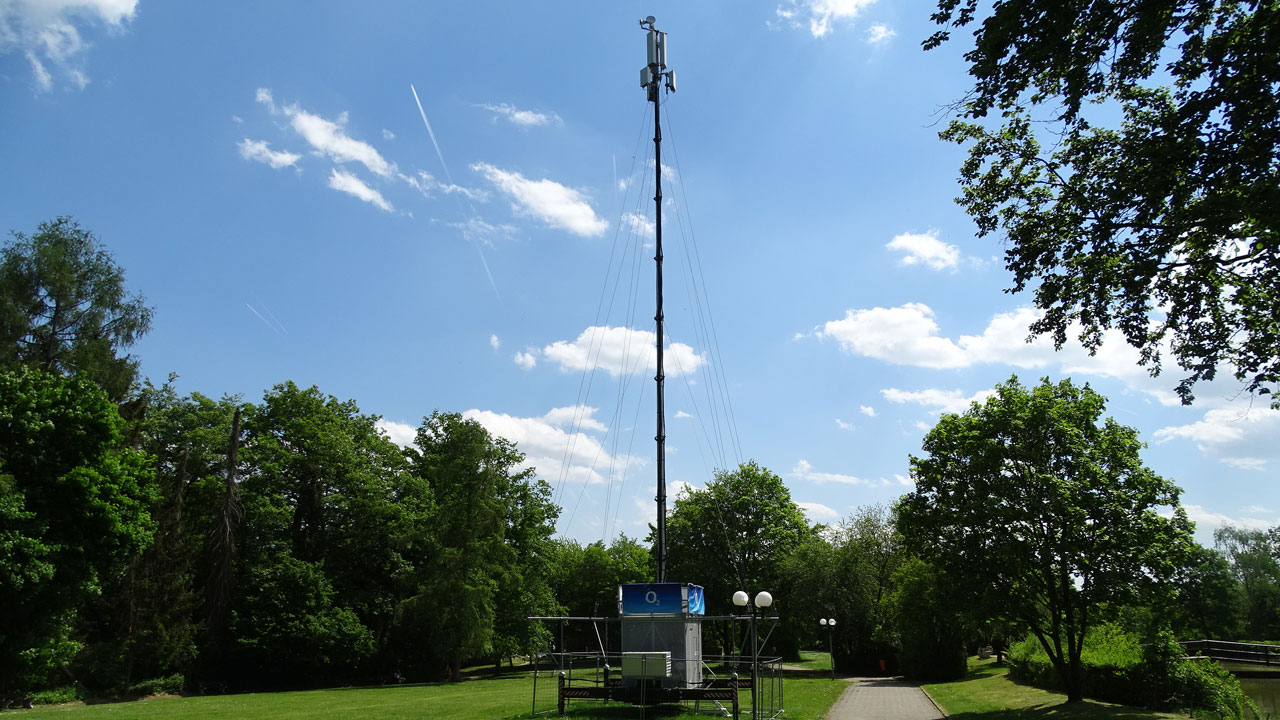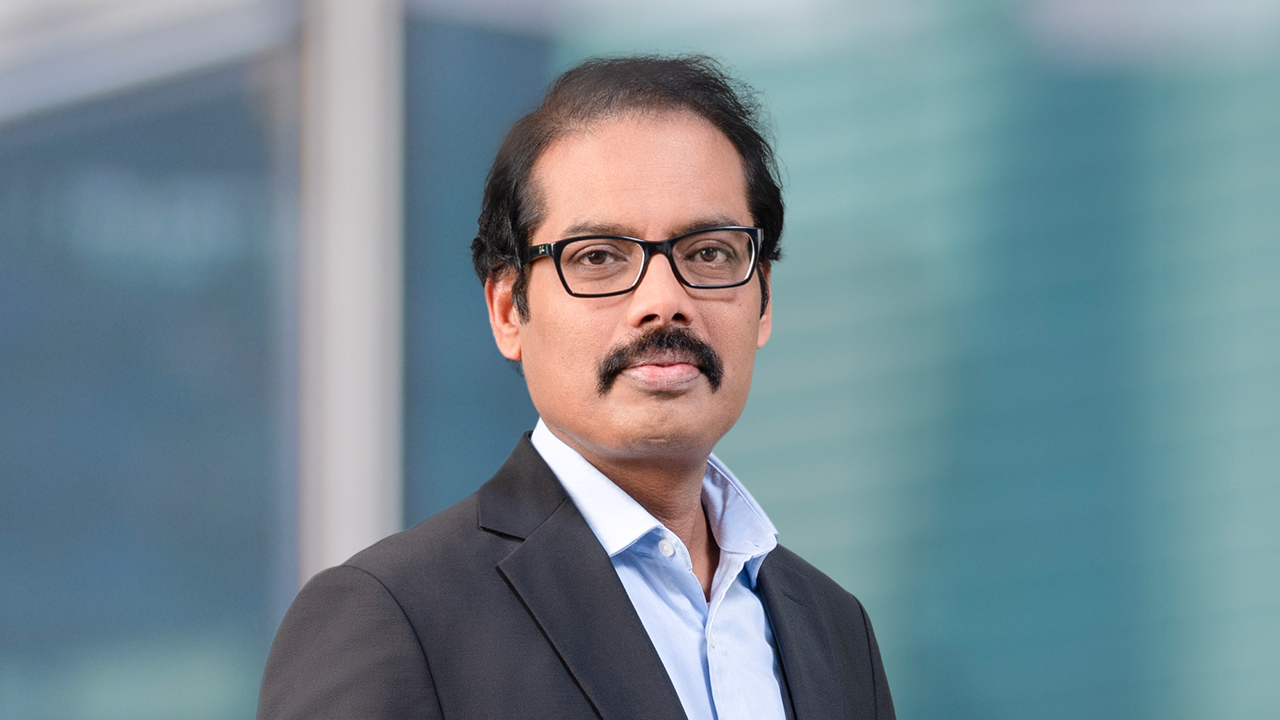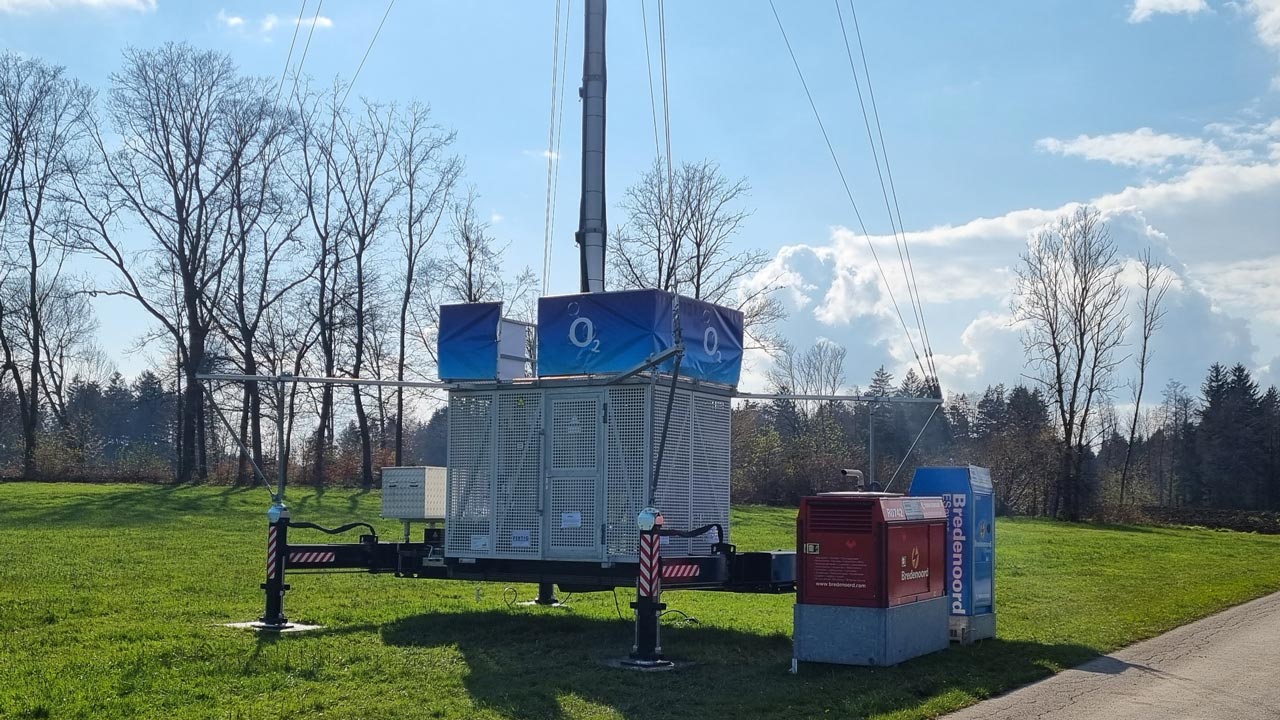25.05.2022
Better network for events and emergencies:O2 brings 60 mobile 5G towers into action

With 60 new mobile radio stations O2 Telefónica provide additional capacities
Be it for major events, construction measures or crises caused by severe weather: O2 Telefónica is now on the road throughout Germany with 60 new mobile radio stations. This enables the company to quickly and flexibly provide O2 customers with additional 4G/2G capacities as well as powerful 5G on 3.6 GHz exactly where more network is needed.
When an above-average number of O2 customers are streaming, surfing, and making phone calls simultaneously in a confined space at the Oktoberfest in Munich, the Rhine fun fair in Düsseldorf, or open-air festivals such as Rock im Park, even the best network coverage of the surrounding mobile network sites needs additional support. In addition, mobile towers help to optimally bridge short-term local restrictions in the network - for example, in the event of fire or storm damage or if an area is to be covered until a new site is completed.

Mallik Rao
"With our 5G mobile towers, we have significantly expanded our mobile radio trailer fleet and equipped it with state-of-the-art network technology," said Mallik Rao, Chief Technology & Information Officer at O2 Telefónica. "As part of our nationwide 5G rollout, we have invested a double-digit million amount in the acquisition and technical upgrade of these stations in order to be able to improve the network experience of our O2 customers even more flexibly." The mobile radio trailers can operate in the entire frequency spectrum from 800 MHz to 3.6 GHz. They thus offer O2 customers 2G for mobile telephony, comprehensive 4G capacities (800 MHz, 1800 MHz, 2100 MHz and 2600 MHz) and powerful 5G reception (3.6 GHz) for mobile data.
Fast, flexible and unbureaucratic deployment

With mobile power generators, mobile radio trailer can also be operated independently
The mobile radio masts are usually erected as a short-term site replacement. For this reason, no building permit is required, only a certificate of operation from the Federal Network Agency. This saves time and administrative effort.
Each Mobile Radio Trailer consists of a container with the corresponding network technology and an antenna mast. This can be extended to a height of up to 30 meters. In addition to a suitable site, a power connection is required for the network technology. Alternatively, the stations can be self-sufficiently supplied with electricity via mobile power generators. This means that they can be quickly deployed in remote areas in the event of an emergency.
On site, O2 network engineers and system technology specialists take care of setting up the transmitter mast and connecting it to the O2 core network via directional radio. The radio and parameter planners provide parallel support for the successful integration and commissioning of the station. Then nothing stands in the way of successful mobile network coverage.